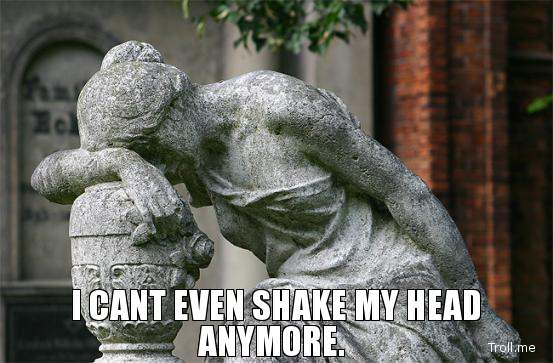I have such a specific function that there are no cells that can ‘come round me’ in Mimi’s body. I am made to contract, all day. All night. Every day, until I die and am replaced, or Mimi dies. And the chances of me getting replaced are slim. Hey, I told you I’m realllll important.
I’m composed of separate cellular elements. I have a Y shape, a large nucleus and many, many, many mitochondria. The high concentration of mitochondria reflects the large energy demands of predominant the heart. I need all those mitochondria, to give me ATP so I can contract, contract, contract away!!!!!! Contractile proteins of actin and myosin myofilaments are also present in my cytoplasm. I will explain what all these things do, but not just yet.
I am striated, due to the presence of the myofibrils. Though I have heard other cardiomyocytes say that our cousins, skeletal muscle cells, are similar to us – it is not completely true. We are much smaller, and have only one nucleus.
I know you have many questions, and I will answer all. But for now, this is all I can tell you. I have included an image, so you can have an idea of what i look like. In reality, I’m much more beautiful. No joke.
Tata bloggers,
xo









